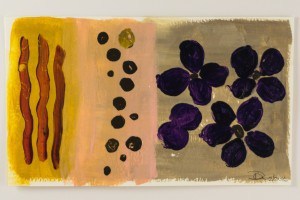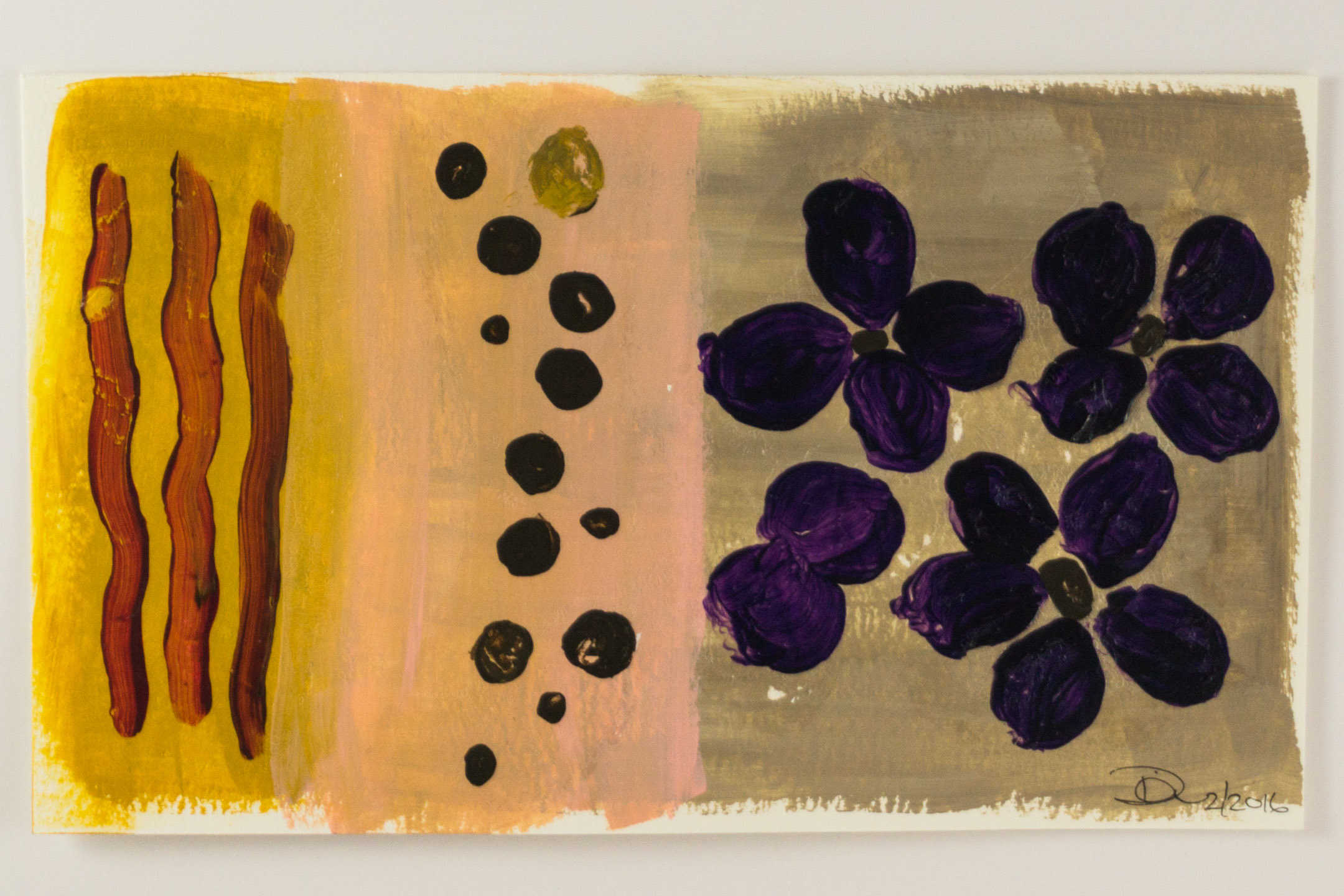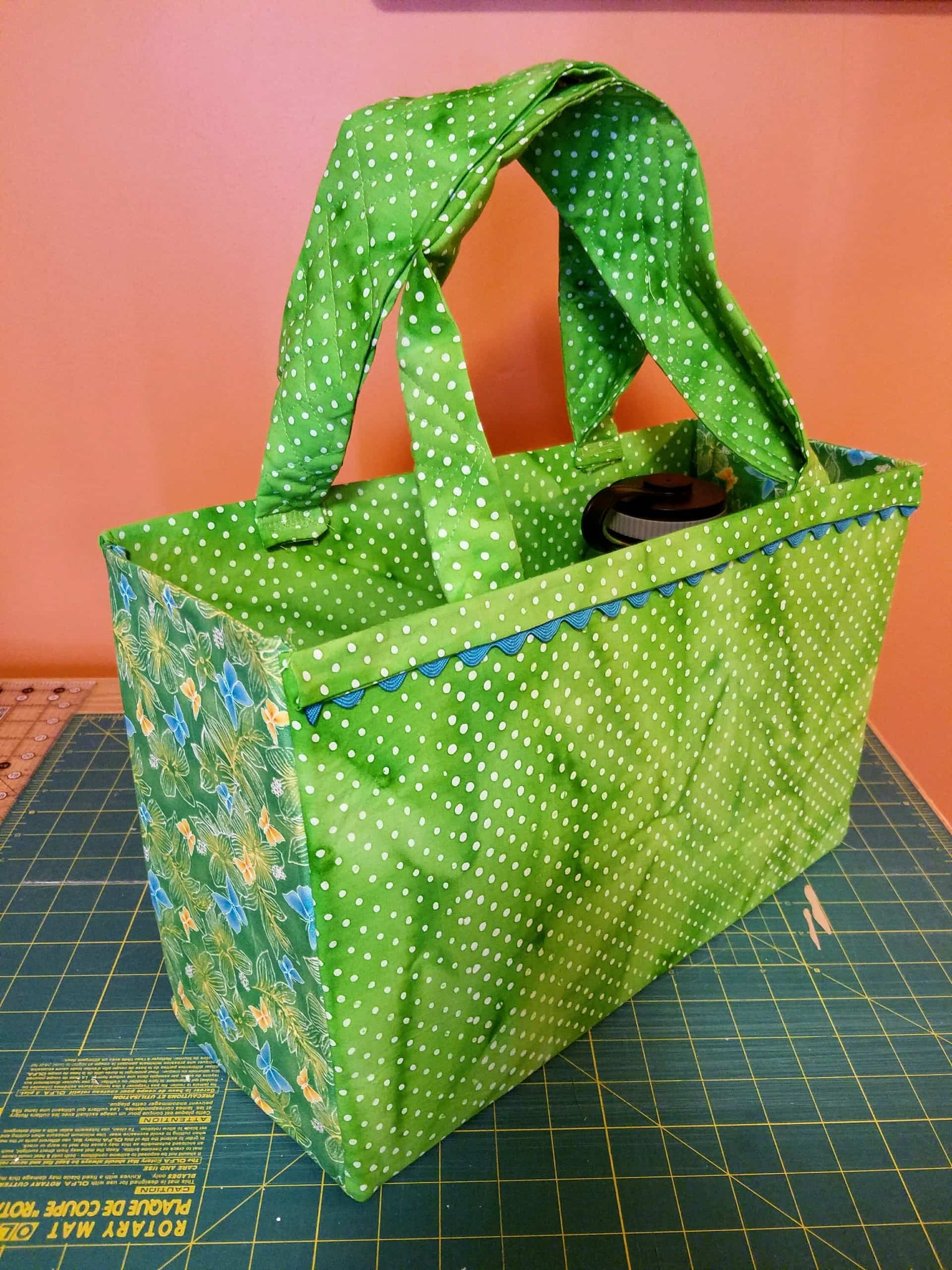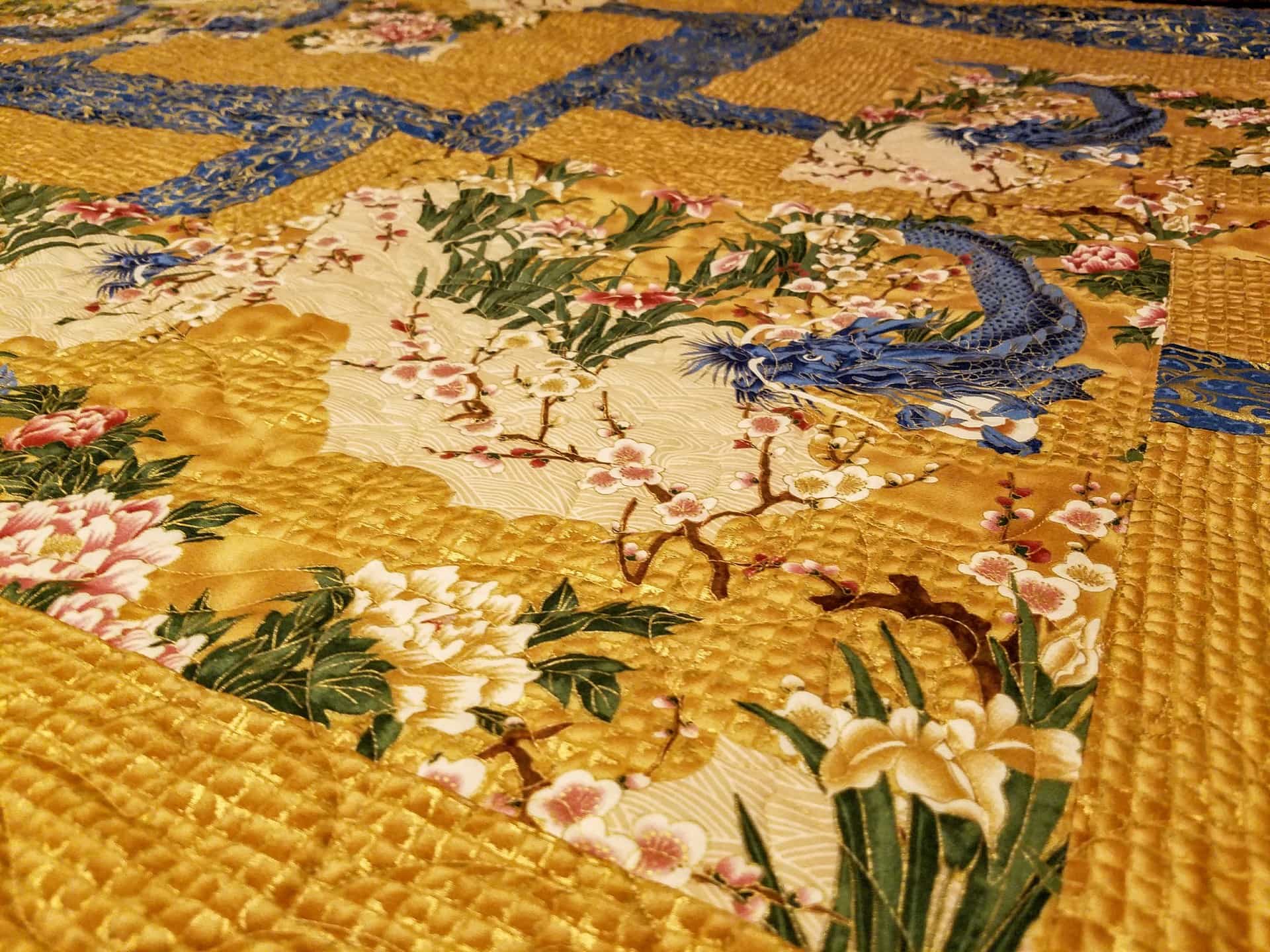This week’s inspiration comes from the work of Beatriz Milhazes, a Brazilian artist born in 1960. Her work is

characterized by strong shapes from nature and bright colors. She is associated most highly with the Pattern and Decoration Movement. If I’m being honest, I didn’t even know that was a movement until I was researching further. I am not an art scholar.
But I do find myself liking her work a lot and am particular pleased that I have learned how to do one of the techniques that she pioneered: acrylic collage. That’s what I want to call it anyway. Her method is to paint patterns, shapes and whatever else she wishes to collage in acrylic paint on a plastic sheet.
So why does this appeal to me? Well, much as it appeals to Milhazes, it means that there aren’t any brushstrokes to worry over. It is more akin to printing that painting.
I think it is beautiful.
Since I loved the idea and wanted to try a new technique, I decided to figure out how she does it. The instructional video I watched was unhelpful as it didn’t work for that person and they ended up using deli paper. I hate cutting things out. Too fussy.
I decided that I was willing to sacrifice a heavy freezer bag to see if that worked for my purpose. I am pleased to let you know that it did! So, the process I used to make the artwork below is:
- paint my shapes on to the freezer bag
- let it dry thoroughly, around 12 hours
- paint on the heavy gel medium, a good coat such that the paint shows through but is clearly covered with gel
- lay on to your paper or canvas in the position you desire
- burnish the hell out of the image; I used the base of a glass, but really whatever sturdy thing you have is good
- wait around 5 minutes
- try to peel off the plastic, going very slowly and checking for any of the acrylic sticking to the plastic.
So this is what I made:
Now, I realize that this is pretty basic and isn’t the most amazing art ever, but I feel that it functionally shows how the process works.
 I did three separate paintings and three separate transfers. The ones that worked the best had more paint on them. You will see in the wiggly lines, that there is a torn part and that is due to being too thin, going too fast and having it stick to the plastic.
I did three separate paintings and three separate transfers. The ones that worked the best had more paint on them. You will see in the wiggly lines, that there is a torn part and that is due to being too thin, going too fast and having it stick to the plastic.
Overall, I think that this is a process I will use in the future and will likely try to incorporate into some of my canvases. I’m not sure how easily it will allow transfer to a canvas, but I rest easily knowing that Milhazes is able to collage the acrylic to the canvas.
I hope that you try this process and find it as enjoyable as I did!




